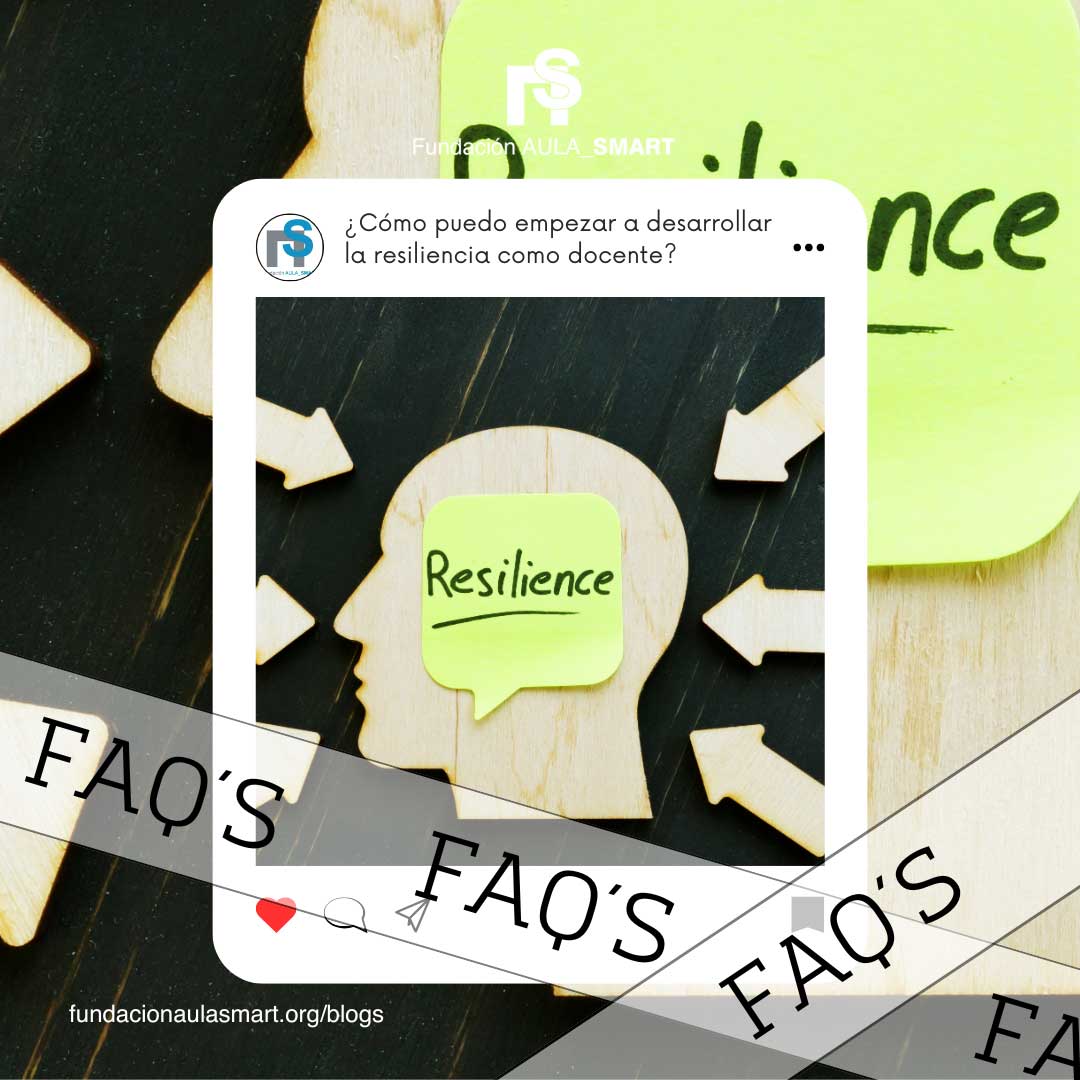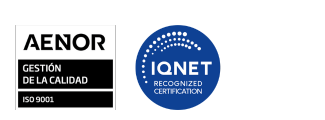Classroom devices: more than technology, a transformation into teaching
INTRODUCTION TO THE USE OF TECHNOLOGY IN EDUCATION
The incorporation of technological devices in the classroom has been an important step in the evolution of the education system. However, having the latest technology is not enough to guarantee innovative and effective education. It is crucial to understand how these tools should be integrated to promote active, collaborative and significant learning.
History of technology integration in schools
Technology in education has traveled a long way from the introduction of projectors and videos to the implementation of portable tablets and computers. Initially, the approach focused on facilitating access to information and modernizing traditional teaching methods. Today, the challenge is to use technology to enhance learning and prepare students for a constantly changing digital world.
The original objective of educational devices
The initial purpose of educational devices was to simplify tasks and increase productivity in the classroom. Over time, the goal has evolved towards the creation of immersive and participatory learning experiences. However, in many cases, the implementation remains focused on the surface use of technology, without taking advantage of its true potential to transform pedagogy.
The educational innovation paradigm
The term "innovation" in teaching is often misunderstood as the simple use of advanced technology. But true innovation lies in how educators use these tools to facilitate deep and relevant learning. To achieve this, it is important to define what really means innovation in the educational context.
What really means innovation in the classroom?
Innovation is not limited to having a classroom equipped with the latest technology. It refers to the strategic use of these devices to create a learning environment that fosters critical thinking, problem solving and collaboration. Technology should be a means to improve educational experience, not an end in itself.
Myths and realities about the use of educational technology
One of the biggest myths is that the presence of devices automatically improves the quality of teaching. The reality is that technology is only effective when combined with solid pedagogical methods and a clear implementation strategy. On the other hand, some believe that technology dehumanizes education, when in reality it can facilitate more enriching interactions if used correctly.
The role of teachers in device integration
The success in the integration of technology depends largely on teachers. It is they who must adopt new approaches and adapt their teaching methods to take advantage of the opportunities offered by devices. Its training and continuous support are essential for technology to be used effectively.
Training and Professional Development of Teachers
In order for teachers to feel comfortable and inspired to use technology in an innovative way, it is essential that they receive adequate training. Training programs must go beyond the technical use of devices and focus on how to integrate them pedagogically to improve teaching.
Attitudes and perspectives of educators against technology
Teachers' attitudes can influence the way they integrate it into their classes. Those who see technology as a complementary tool and are willing to experiment with new methods often have more success in their implementation. On the contrary, resistance to change and fear of the unknown can limit the effectiveness of devices in the classroom.
Effective technology integration models
Integrating technology effectively in the classroom requires more than just introducing devices. It is necessary to apply pedagogical models that promote active and collaborative learning. Teachers should know and use strategies that enhance technology capabilities to transform education.
Project -based learning (ABP) and the use of devices
Project -based learning (ABP) is a methodology that takes advantage of technology to promote research, collaboration and problem solving. Through the use of devices, students can access sources of information, work on collaborative projects and present their findings creatively. This strategy allows students to become deeply involved in the learning process, applying knowledge in real world contexts.
Collaborative learning strategies through technology
Digital platforms and collaborative applications, such as Google Workspace and other project management tools, allow students to work together in real time. Technology facilitates communication and cooperation, breaking the physical barriers of the classroom and allowing the participation of all students, even those most shy. The use of these resources together with a solid pedagogical strategy maximizes the educational impact.
Challenges and obstacles in implementation
Despite the potential advantages of technology in teaching, its implementation is not exempt from challenges. It is crucial to identify and address these obstacles to ensure that the integration of devices is successful and equitable.
Digital gaps and equitable access
The inequality in access to devices and a quality Internet connection remains a significant problem. Schools in less favored communities can lack the necessary resources to implement technology effectively, which expands the gap of opportunities among students. Digital inclusion policies must prioritize equal access to ensure that all students can benefit from the use of devices in teaching.
Technical limitations and change resistance
Technical limitations, such as equipment connectivity and maintenance problems, can hinder the fluid integration of technology. In addition, resistance to change by some teachers and school administrators represents an additional obstacle. Overcoming these challenges requires investment in infrastructure and a cultural change that assesses innovation and experimentation in teaching.
Success cases and practical examples
There are many educational institutions that have implemented innovative models and have managed to transform their classrooms with the proper use of technology. These success cases can serve as inspiration and guide for other schools that seek to improve their pedagogical practices.
Schools that transformed their teaching with technology
Around the world, there are schools that have adopted pioneer approaches in the integration of devices, achieving impressive results in the participation and performance of students. For example, some institutions have implemented “inverted classroom” programs, where students use tablets or computers to study house content and spend time in class to practical and collaborative activities.
Innovative Teacher Training Programs
The training of teachers plays a crucial role in the successful integration of technology. Programs such as "Teacher Learning Academy" in the United Kingdom and other international initiatives have shown that continuous training in innovative teaching methods, backed by technology, can change the way teachers perceive and use devices in the classroom.
- Transforming education through technology: success cases | UNESCO
- "Teacher Learning Academy" program | Ministry of Education, United Kingdom
- Innovative strategies for teacher training | OECD
- Digital transformation into education: success cases | European Commission
- Educational innovation with technology: outstanding experiences | UNESCO
- Integration of ICT in schools: Good practices | World Bank
- Inverted classroom programs: results and lessons learned | Ministry of Education, Spain
- Teaching training in digital technologies: success cases | OEI
- Innovation and technology in education: Latin American experiences | ECLAC
- ICT implementation strategies in primary and secondary education | Ministry of Education, Chile
- Educational innovation projects with technology in Asia | UNESCO Bangkok
- Continuous Training of Teachers in Digital Competencies: Good Practices | Intef
Recommendations for significant integration
In order for technology in the classroom to have a positive and lasting impact, it is necessary that teachers and educational institutions adopt an approach focused on pedagogy and not only on the use of devices. Next, some key recommendations are presented to achieve significant integration.
Focus on pedagogy and not in technology by itself
It is essential that teachers design their curricula and teaching strategies with a clear pedagogical approach. Technology should be seen as a tool at the service of learning, instead of being the main focus. The key is to use devices to support teaching methods that foster exploration, critical thinking and the active participation of students.
Tools and resources for active and significant teaching
There are numerous digital tools that can complement pedagogical strategies and make teaching more interactive and attractive. Simulation applications, gamified learning platforms and multimedia creation programs allow students to participate more deeply in their own educational process. It is essential that teachers investigate and select resources that align with the learning objectives of their classes.
- Recommendations for the integration of technologies in the classroom | UNESCO
- Active pedagogy guide with the use of ICT | OECD
- Good practices for teaching with technology | Ministry of Education, Argentina
- Digital tools for active learning | European Commission
- Use of digital resources in the classroom: Recommendations for teachers | Intef
- Technology integration in teaching: Perspectives and strategies | World Bank
- Resources for educational innovation with ICT | Ministry of Education, Chile
- Critical thinking and use of technology in education | UNESCO
- Strategies for interactive teaching with technology | OECD
- Digital Resources Manual for Teachers | ECLAC
Conclusion
The use of devices in the classroom represents a unique opportunity to transform teaching and learning. However, technology alone does not guarantee positive results. The real challenge lies in how educators integrate these tools so that they promote active, collaborative and significant learning. The teacher training, the approach to pedagogy and equal access to technology are key elements to ensure that the devices fulfill their purpose in the educational environment.
The need to rethink the role of technology in education
Innovative teaching should not be focused solely on the use of the latest technology, but how it can facilitate the development of essential skills in students. Rethinking the role of technology implies a commitment on the part of schools and teachers to go beyond simple process digitalization, towards the creation of enriching learning experiences.
Future of innovative teaching with technology
The future of education with technology points to a more integrated and personalized approach. With advances such as artificial intelligence and augmented reality, learning possibilities are extended even more. However, the success of these innovations will depend on how they are used to support the best pedagogical practices and promote inclusive and equitable learning.
Will technology replace teachers?
No, technology must be seen as a complement that helps teachers enrich their teaching methods and not as a replacement.
What is the biggest challenge in the integration of devices in the classroom?
The biggest challenge is to ensure that teachers have adequate training to use technology effectively and pedagogically.
What technological tools are more effective in the classroom?
Tools such as collaborative learning platforms, interactive simulations and gamification programs are usually very effective.
How can schools overcome the digital divide?
Digital inclusion policies and collaboration with organizations can help provide internet devices and access to disadvantaged communities.
Is it necessary to use advanced technology to be innovative in the classroom?
Not necessarily. The most important thing is how tools available to promote active and relevant learning are used.






















Leave a comment
All comments are moderated before being published.
This site is protected by hCaptcha and the hCaptcha Privacy Policy and Terms of Service apply.